Architecture, Planning and Design with ALAO Studios
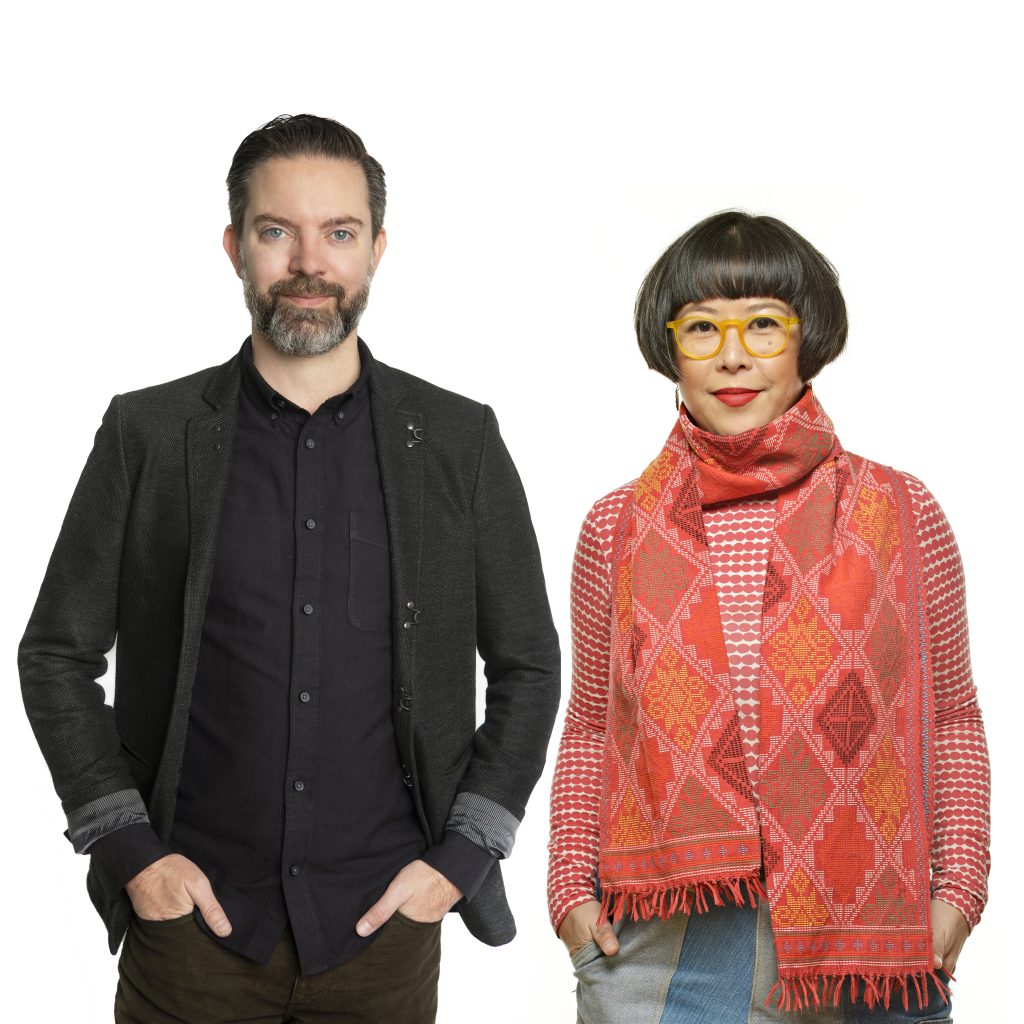
ALAO studios wants you to feel the exuberance of life through their bespoke creations. Founded in 2013, the studio converges “design and research with a social initiative bent”, according to co-founder James Carse. ALAO’s core humanist philosophy is informed by various cultural landscapes: Carse’ Southern roots, co-founder Aya Maceda’s Filipino upbringing, and New York City, where the duo is currently based. Their projects range through immensely varied scales, from private residential projects to school rehabilitations in the Philippines. As both architects and educators, Carse and Maceda not only want to create; they want to teach others how design and space can bring joy.
FRONTRUNNER speaks to ALAO studio partners James Carse and Aya Maceda about their parallel paths, architectural inspiration and reimaginings, plus the Filipino concept of maaliwalas.

How did you both get into design?
James: In some ways, we’ve each kind of been “cultured” into it. Myself, I’m from the South but was lucky enough to travel quite a bit as a young man, and it took me to a lot of distant locations – places that really had very unique characters. I was always fascinated by the difference in the way people live, the way buildings seem to suit it, and how life gets imbued into architecture in that way. Personally, I’ve always seen design as this confluence of lifestyle, life, place, and event. That’s really led me into a career in design.
Aya: For me, I was – as James put it – cultured into it by my family. I’m heavily influenced by my upbringing: my mother was a writer and professor of Filipino literature and culture, and was an art collector. Her and my dad had collaborated with a local architect to design and custom-suit my childhood home. That home was so modern in its design, but also very Filipino in its materiality and spaciousness. Our home looked nothing like any home I had been to. There was a hole in the middle of the house, and I’d always complain about the rain! I complained about it a lot, but later realized how beautiful it was and is. That house really triggered my own observation and questioning about design. My father was an exporter of furniture and chopsticks, which is weird, I guess. I always had boxes of chopsticks at home, and I’d make models out of them as a child. I never played with dolls. My grandfather was also an engineer, and my grandmother was training to become an architect. During the war, she never finished her training, so I guess I’m continuing it.
From there, how did ALAO studio come to be?
Aya: James and I, we kind of have parallel paths, but with different scales and designs. For me, I took my undergrad in the Philippines then worked as an architect for many years in Australia. Then I moved to New York, and took my masters very late at Columbia. After that, I was very shaken up in regards to my thinking and my purpose as an architect. I decided I wanted to go on my own, and make it worthwhile with a design and research based practice, with small projects. A very short time after that, I met James, who had decided to go on his own as well. We were introduced by a good friend of mine from my grad school, who was his co-worker. We met with no expectations; we kind of thought that there was some like-mindedness there, and we agreed to collaborate on one project and it went from there.
James: We sort of honed our craft for both of us at some very top tier design firms, myself predominantly in NYC, and Aya in Australia, prior to her arriving in NYC. Aya had an opportunity to leave college and make this decision about what kind of architect she wanted to be, and seized the opportunity for laying her foundation, that being the confluence of design and research with a social initiative bent. The design firm that I had been with for a decade in NYC was fantastic, but we were coming to a challenging moment in the firm and in my personal decision making on what I wanted to pursue. I also made a similar decision, right around the time I met Aya, that I was looking to use my craft to create better social outcomes. At some point, there’s a lot we can do in any given project; whether it’s developer driven, or a social, community led project. There’s so much we can achieve as architects that respond to the greater good, and I felt that I had the opportunity to be at the forefront of a practice. I did not expect, when I met Aya, that I was going to find this partner, this amazing synergy in another individual. She was already laying this foundation, so we were able to come together really seamlessly and bring our own personal expertises together in this like-minded merger, which allowed us to bring so many scales of design into the practice. Aya has this real incredible attention to detail, material, colour, and craft, all the way up to this really great ability to mesh socially with our clients. I had this ability to constantly ask the right questions, to keep building the design dialogue. I’d come at it from a matrix of building a set of problems, asking how we can address all these projects on a holistic scale. On top of that, we both believe in an office that embodies the types of cultures we believe in to empower the world, as well as staying design forward.
What are some of the main sources of inspiration for you both?
Aya: For me, it’s definitely the city we’re in currently, and in the past. I’m always triggered by the multi-layered-ness of the city, like how people engage with elements. I observe very unique conditions that happen only, let’s say, in New York. Pre-COVID days, I’d watch how musicians used to hit crates working in the train station. I also look at how people organize themselves in the station around these musicians. I’m inspired by current events but also my own history; like what I learned during my time in Sydney, Australia. Also, at the end of it all, I always consider my own sensibilities as someone from the Philippines.
James: Our inspirations come from the Philippines, Sydney, New York City, and the office I’m currently in in New Orleans. There’s a real urban, tropical, and garden composition. We’re very in tune with these places, but it’s not just about the identity. We need to understand how people are flowing and moving in a space; Aya is fascinated with the posture of the body, like how the city gets used, and how we position ourselves in it. These are attitudes, they aren’t just body positions. In New Orleans, we find colour, regrowth, decay, gardens, and joyful people. There’s a sort of exuberance for life that comes into this. At the same time, we’re both very interested in art. We’re currently working on a polychromatic house in New Orleans that’s loosely based on the work of Carlos Cruz-Diez. We’re very interested in questioning colour through design, how colour impacts emotions. We’re very interested in the places we’re in, and bringing them into the architecture we create.
Aya: In New Orleans and even in New York, learning from our clients allows us to think about what a family is like today. We’re not just doing one type of residential project or family home. We’re questioning those things, and the way these new projects that are coming out of our office will clearly show it. That reflects the diversity of clients who we work with and inspire us.
ALAO is known for its uniquely humanist approach to design – could you tell me about this philosophy?
James: We both approach it from different ways. For me, it’s very much about understanding lifestyle: architecture is first and foremost about people. It’s about creating infrastructure for people, an armature for life. It’s an opportunity to get into an individual and a collective; it’s a puzzle we can evolve, where all these opportunities emerge from the individual, the collective, and the other different scales of community that we can design for. For me, it’s very much about exploring how this place/space that we’re creating can add or enhance someone’s life who will engage with this.
Aya: My understanding of architecture echoes what James is talking about. I feel like we’re not egotistical – we like to listen to the people we serve and collaborate with. I feel like in our process of design, a big part of it is listening to the clients or community that we’re supporting, and not imposing an architecture that we think will change their lives, just because of our own perceptions. I see us as tools who can dissect and reinterpret things that have already been percolating with either the community, the family, or whoever we’re working with. The end goal for us is to provide that support, and provide joy through architecture.
James: We really want the process also to be a part of that creation of joy; it’s not just the end product. People being empowered by that process can bring a lot of joy, and can help them feel more fulfilled in a space that’s the result of that process. We don’t want to downplay our role in design, but we’re even more than a tool; we’re also the instruction manual, in a way. We create a very unique and bespoke process for each of our clients, which results in very tailored outcomes to them. We feel confident that we’re always going to get something that is beyond their expectations in that, at the end of the day, they will be left with something that will bring happiness into their lives.
I can really see a reinterpretation of the family home in your own apartment Aya, which was featured in the New York Times. It’s beautiful by the way! In the article – and on your website – you speak about the Filipino concept of ‘maaliwalas’. Could you tell me more about this?
Aya: I think that’s a good intro to the question! My home is so small, but when I come in through the door, I have this feeling of deep breath in, and I feel spacious and relaxed. I feel like maaliwalas is an aesthetic concept, but it is also a spatial concept that triggers a feeling of wellness. It’s a concept that means bright, expansive, generous movement, and free flowing. But it’s a concept that also elicits a feeling of freedom. This concept is one with non-Western groups; I did research on the origins of this concept by studying Indigenous homes in the Philippines. Going back to what I said – imagine the feeling you get when you go into a space that makes you feel like you can breathe, and you can feel the space beyond the space you’re in, and then see nature beyond that. It’s also architecture that makes you feel like it’s breathing. I think that’s what maaliwalas is.
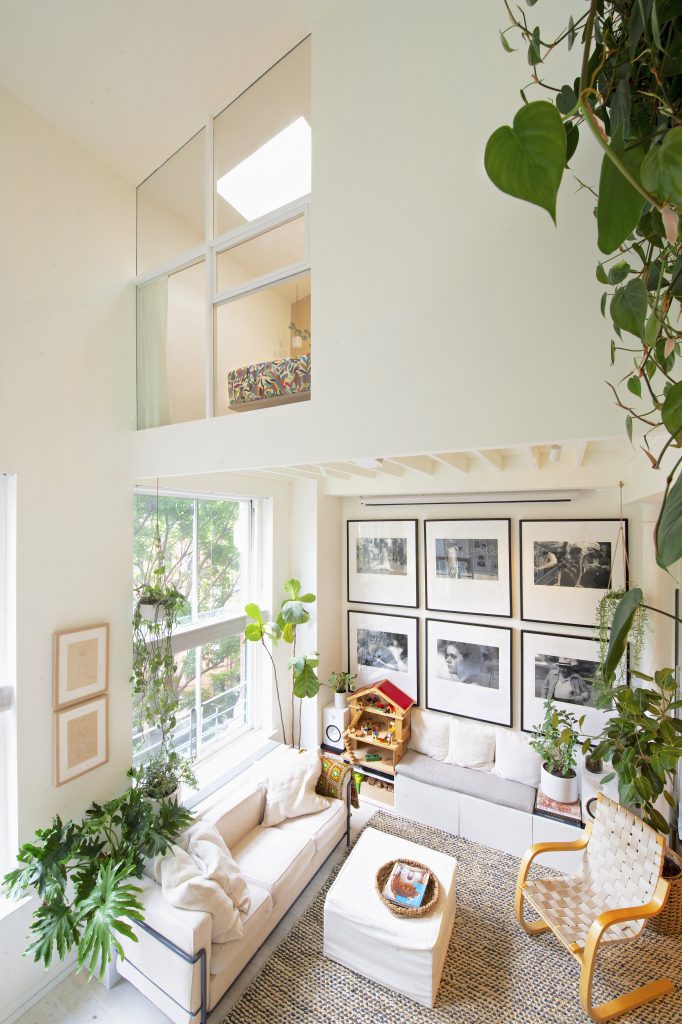
The ALAO website also mentions helping communities who are unable to access architects. How do you make design more equitable?
Aya: I feel like we’re still a small practice, but we do a few things that create this impact. James and I always invest time to teach workshops that allow the early engagement of children with architecture, especially in communities where they might not have that opportunity. For me, from the Philippines, we are able to work with people who are already on the ground, with the community, and not have this approach of a helicopter architect. We’re there as design support for community advocates. We’re doing that there, and in New York, [where] we have a group of artists that we support through affordable housing studios in Brooklyn and Manhattan.
James: We both see this as a layered approach. We’re both interested in education; we teach both at the university level and we teach – for children and young adults – courses in design. The idea here being that through the understanding of the process of design, we may empower youth to see their own potential for crafting the spaces they’re in, and realizing the potential impact on their life that those spaces have. We’ve done workshops that have ranged from very informal workshops, even design workshops in our Brooklyn office, all the way to formal workshops where we’ve led design groups at the Cooper-Hewitt for young children and adults. Sometimes we see an article in a newspaper or online for a group that we can see a synergy [with], for us to get involved. This may involve any community that may be challenged – we’ve reached out to folks in the LGTBQ community, communities around youth in challenging situations, and we’ve been involved with communities who are trying to reclaim narratives of public space and public safety. We try to advocate for the design aspect, but also the potential funding avenues for these communities to seek out – whether they be grants at a local or national level. We provide services at various levels for these different groups; we help them in pro bono cases, in some cases it’s something we call “low bono” projects. Some of these projects are funded by our clients who are better off, and looking to advocate and support these other initiatives, such as our work in the Philippines with ARK. We look for these opportunities, but sometimes they find us; yet, we still pursue them on any avenue we can when the opportunity presents itself.
Could you tell me about your collaboration with the ARK Active School initiative in the Philippines? It seems like this project really exemplifies your aesthetics and values.
Aya: Well, we have this project right now which, unfortunately, we’re waiting for the pandemic to be over to continue. It’s basically a continuation of the Active School idea, of having a space for learning which goes back to the notion of learning without borders and boundaries. It’s a very modest space of learning and reading, that’s set in a garden. It’s built with local materials, using local construction techniques, and it’s both a secure place for kids to learn, but also a place for the community after school. This project is a small component of a large project that we’re in that the community advocates have invested in. It’s a garden that supplies food to the school. Imagine you have a reading hut surrounded by the food you eat. It’s this whole cycle of knowing where your food comes from, and all that. But yeah, we’re really proud of it! We hope that when the pandemic is over, and people can gather again and go back to school in the Philippines, the dream will be realized.
James: [The project] is also this combining of those local amenities at one level with the local craft. The design expects the local crafting of the building, the details being tailored towards making it on site. The design and details even offer up the opportunity and expectation that the construction is going to be all locally sourced materials and labour, working together hand in hand with local craftsmen to construct this place, so it’s not just part of the community and what comes after, but it’s part of the social consciousness in how it was created and how it came to be. In a way, there’s an aspect of the “barn raising” American ideal here, where the community is brought together here through the construction of this thing. I think that’s an important social component; we can bring it to light in all our works – and we try to do this – that everyone can get involved in discussing and being a part of the design. They become invested in it in such a way that the level of craft and experience can be so much higher.
Aya: I think when you’re doing a community project, if you don’t engage your stakeholders early, that can be a hurdle to your project. At the end of the day, if you don’t get buy-in from your community, you may as well not be doing the project. When we started the project, we did a workshop where the kids, teachers and families did their own vision boards of what the spaces could be. We compiled them and it became a tool for us to design the space and structure. I feel like that is very similar to how we approach design, even here [in New York]. We listen to the dream, and visualize it for the people we’re working with. Even if what we’re proposing is something they’ve never thought of before, it’s always something birthed from their own aspirations.

Lastly, what’s on the horizon for ALAO studio?
Aya: we’re doing some exciting projects in the Philippines; a museum, a new community project, and a place of worship. I’m really excited about that. We were very fortunate to be introduced to this client who has one of the largest art collections in the Philippines. Through this relationship, we were entrusted to be their design partner and showcase this collection. In the Philippines, there is a long legacy of Filipino painting masters. Now, with the socioeconomic gap that exists in the Philippines, you may be an art student and never have seen these masters’ [works]. This museum is for the very purpose of giving back this collection to the city. So we’re really excited about that, and it’s set in one of the most beautiful sites on the mountain, which is a drive up from the congested city. There’s also projects we have in New Orleans that are coming up, so people will just have to keep an eye out for us.


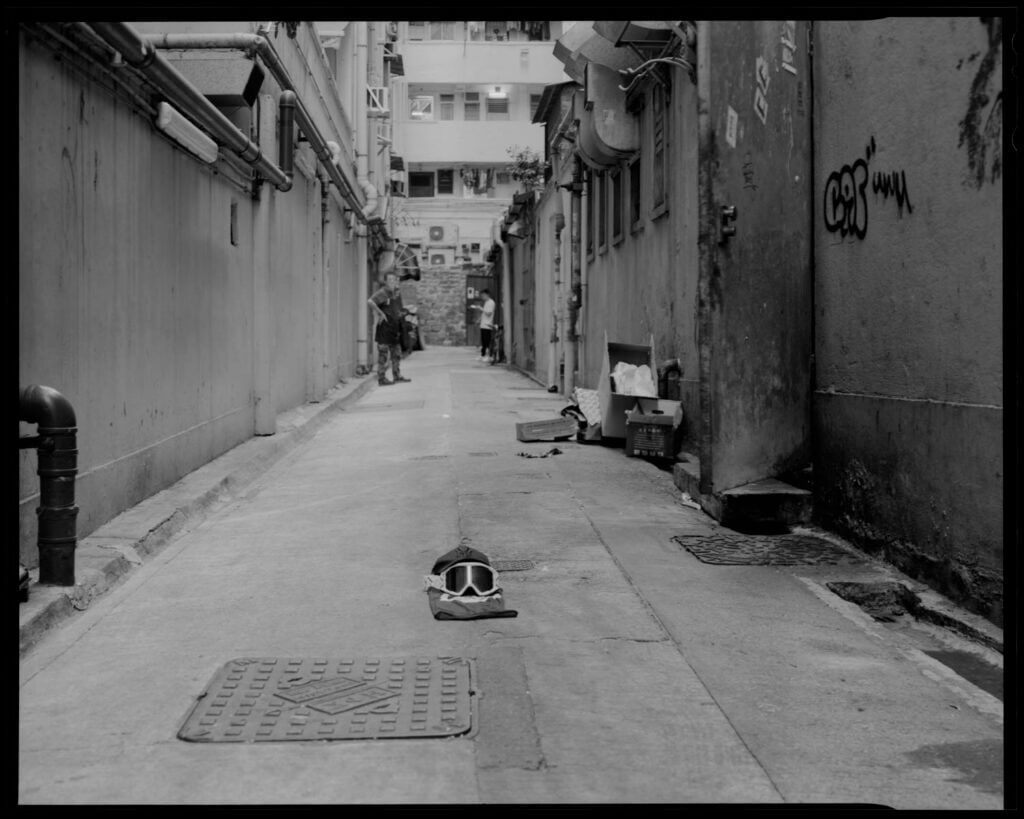

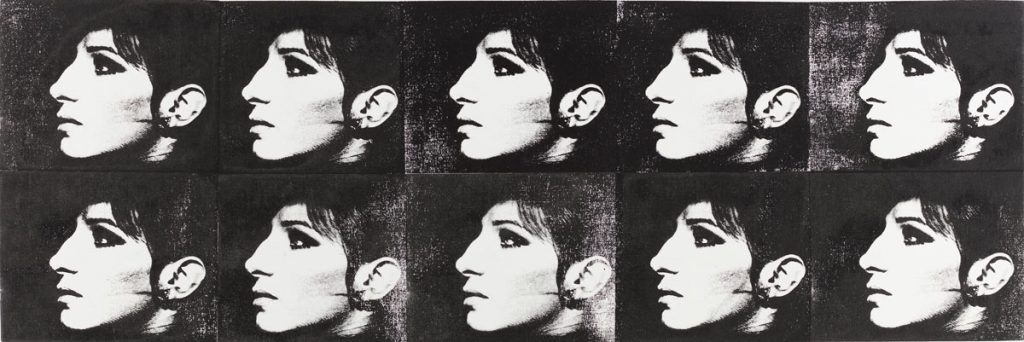

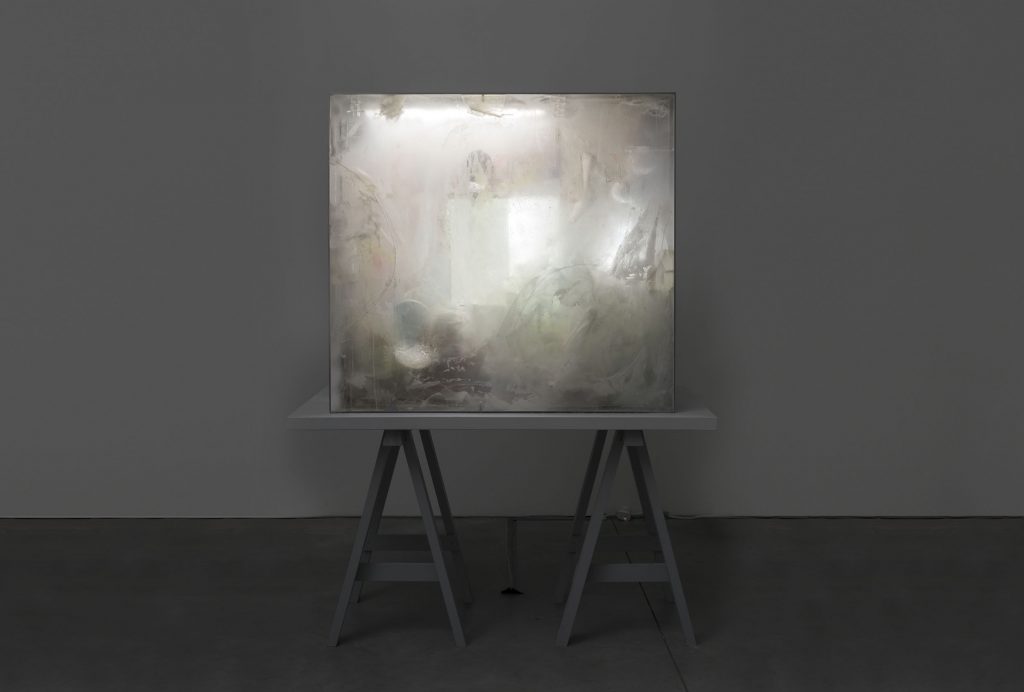
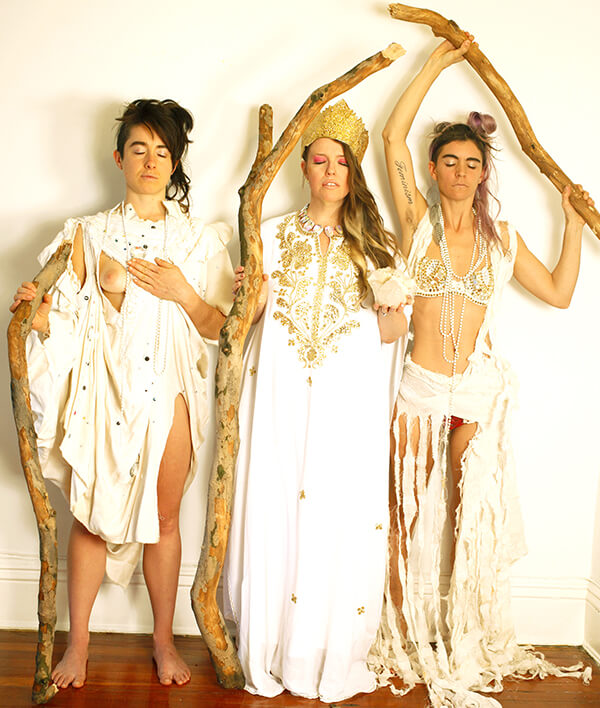

Responses